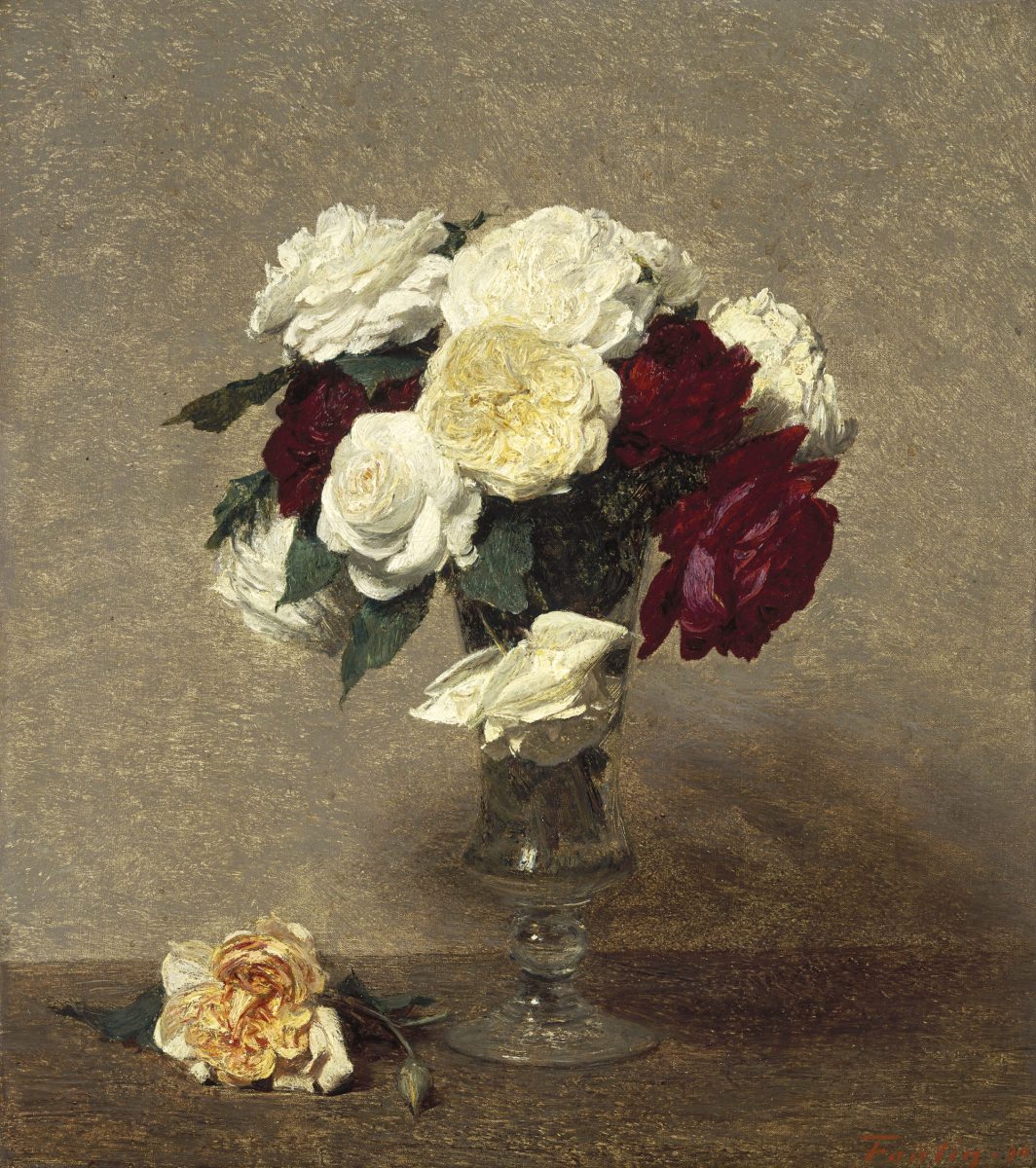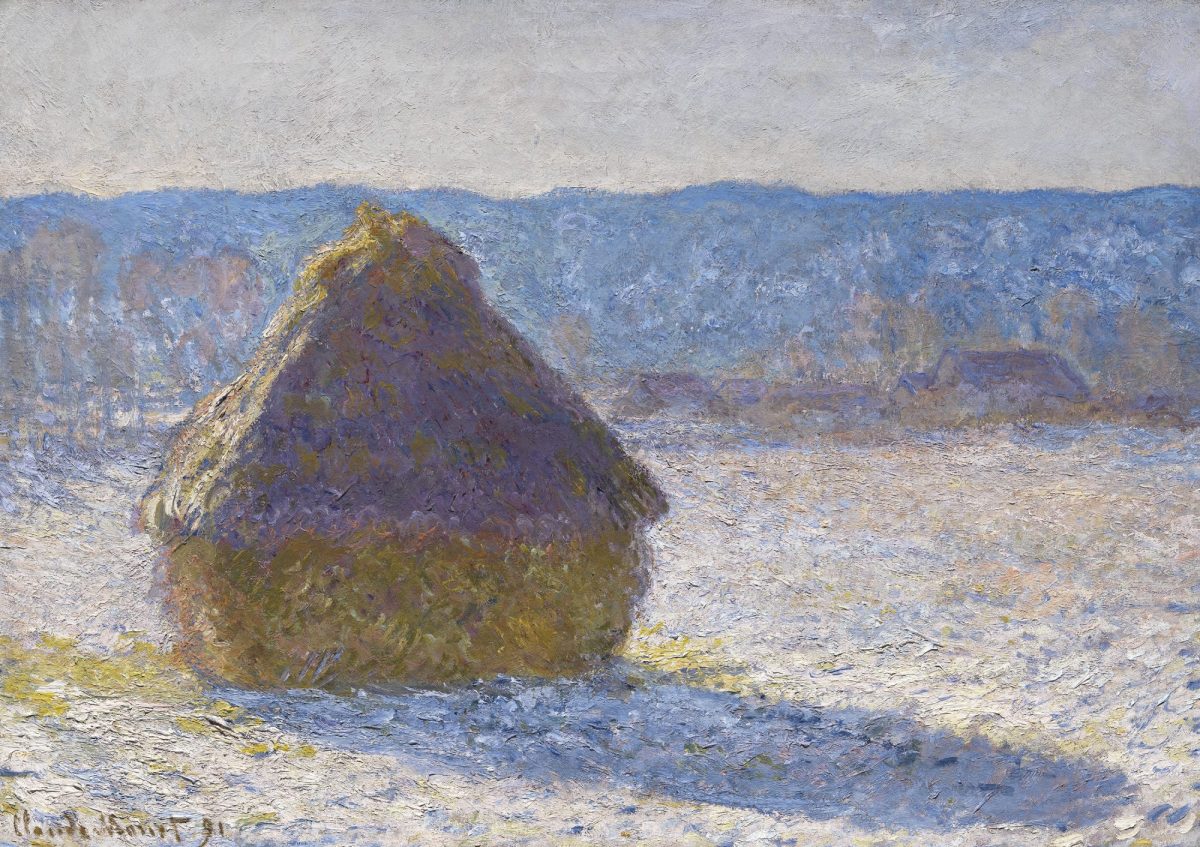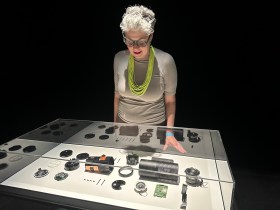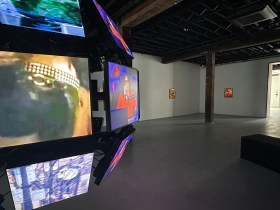Here’s the challenge: how does a state gallery follow up the most triumphant exhibition in its history? When its stratospherically successful show Yayoi Kusama closed in April, a record-breaking 570,537 pumpkin-loving punters had poured through the NGV’s doors to witness all those polka-dotted plastics, intriguing infinity rooms and fields of flowers.
If Kusama was something of a gamble for the Gallery it was one that paid off handsomely. But that kind of lightning in a bottle doesn’t come around too often, and so it makes total sense that for its next major exhibition, its 2025 Melbourne Winter Masterpieces, the NGV has taken what could be seen as a very safe option, with a statement-making survey of French Impressionism, gleaned from the Collection of the Museum of Fine Arts Boston.
Of course, this isn’t exactly unexpected. The exhibition notoriously first opened back in 2021, only to be scuppered by COVID. But whatever tortuous logistics and scheduling shenanigans had to happen behind the scene to remount the exhibition have certainly been worth it. Because French Impressionism mach II has also offered the Gallery the opportunity to completely redesign the hang, which it has done with gusto.
And if an exhibition of Impressionist artworks – including paintings by heavy hitters like Henri Matisse, Pierre-August Renoir, Paul Cézanne, Édouard Manet and Claude Monet – could be seen as a safe choice, it needs to be remembered that in its day the movement was considered anything but safe. On the contrary, when these artists debuted this newly developed style in Hungry for Independence in 1874, the public reception was positively antagonistic. That’s not the feeling engendered by this exhibition, however, with the art carefully and considerately curated to give it the respect and gravitas it deserves.
We start with something of a surprise, however – a longish corridor with no paintings, but instead chequered tiles, potted ferns and mirrors setting off a couple of second century Italian marble statues. Aphrodite stands as soft-edged sentinel for the works to come, serenaded by the gentle strains of Gluck’s ‘Melodie dell’Orfeo’.

This space leads to the first room proper, which is imposing but again light on actual Impressionist art. The intent of the curation has been to recreate Bostonian rooms of the 19th century and this grand drawing room is replete with parquet flooring, columns, padded antique furniture, heavy tasselled drapes, inlaid tables, French windows and just two works of art: Renoir’s Woman with a Parasol and Small Child on a Sunlit Hillside (1874–1876) and Monet’s Meadow with Poplars (c1875). The overarching effect is of a sunny welcome to the exhibition.
Walking through, subsequent rooms have more traditional hangs, though retaining the 19th century Bostonian colour schemes, furnishings and drapery. The groupings become more conventional too, with a room dedicated to ‘Before Impressionism’ focusing on the artists who were drawn to the Forest of Fontainbleu and its surrounding villages from the 1820s to the 1870s, and how the work produced there influenced what was to come.
There’s also a focus on Eugène Boudin, emphasising his friendship with and encouragement of the younger Monet. His flotilla of ships and seascapes may be an unexpected sight in an Impressionist survey, but this is the artist that Camille Corot called the ‘king of the skies’ and it was his passion for “the sea, the light, the blue sky” that so influenced Monet’s own love of nature.

Another beige-accented room features still lifes, with exquisite floral displays from Henri Fantin-Latour, the so-called ‘master of the rose’, plus works from Cézanne, Berthe Morisot (one of the few female artists exhibited) and Alfred Sisley (who had English parents but was born and spent most of his life in France). And for those who love flowers but despair of their ephemerality once cut, this is the room that informs viewers of Cézanne’s frustrations when it came to painting them. “As to flowers, I have given them up,” he once said. “They wilt immediately. Fruits are more reliable. They love having their portraits done.”
And if fruits are reliable, so too is the NGV with the remainder of the exhibition diving deeply into the Boston Collection to offer forays into urban realism, portraits, love letters to Venice (courtesy of Monet and Renoir), an ante chamber of prints from the likes of Edgar Degas, Mary Cassatt and Camille Pissarro, plus a cool, white with lilac accents room full of Monets including the sublime Water Lilies (1905) and Grainstack (Snow Effect) (1891).
Read: Exhibition: World Press Photo Exhibition, State Library of NSW
Finally, there are two wonderful extra touches – the first is a closing corridor featuring simple photographic portraits of each artist included in the exhibition, which gives a lovely context to what you have just seen. And the second is an absolute cherry on the top – a wall projection of a film of Monet in his garden, along with further images of said garden and its exuberance of blooms. It’s a fabulous way to exit.
French Impressionism from the Museum of Fine Arts, Boston is at the NGV International from 6 June to 5 October 2025; ticketed






